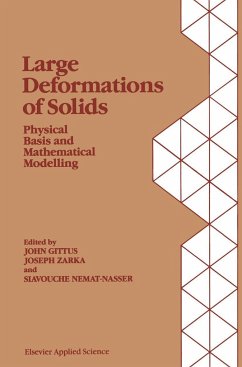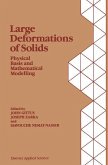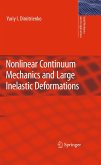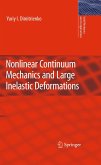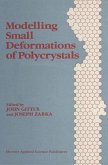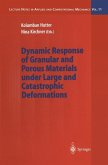A central problem in engineering is the deformation of structures. These may be structures made of metal, from concrete or other buildingmaterials,orfrom soilforexample. Generallyspeaking, the engineerrequiresthedeformationofastructuretoberelativelysmall, predictable, tolerable and non-damaging. Professor Jean Mandel devotedalargepartofhisprofessionalcareertostudiesofdeforma tionandhewassuccessfulinidentifyingprinciplesandproceduresof wideapplicability.Accordingly,itisveryappropriatetobringtogether as we dointhis volume papers by world authorities concerned with deformationinmemoryofProfessorMandel. The papers in this volume were all invited contributions to an international CNRS colloquium which was held at the Ecole Poly techniqueinParis, 30September-2October1985. Thevolumeconsidersthedeformationofmetals,rocks,composites, soils, sand and wood. The microscopic processes and theory of deformationaretreated, asarethegenerallawsrelatingdeformation with parameters such as stress system and temperature. A central problemwhichhasbeensystematicallyattackedinthecaseofmetalsis the relationship between the behaviour of crystal defects such as dislocations and the deformationofa large specimenorengineering component.Itshould be possible to produce accurate predictionsof macroscopic deformation from a microscopic model and substantial progresstowardsthisendhasbeenmadeinrecentyears.Thefirsttwo sectionsofthe bookare largelyconcerned with progress in this very importantarea. A parallel theme which was established in earlier days is the developmentofcontinuummodelsfordeformation.Suchmodelswere proposedatatimewhenmicroscopyhadnotdevelopedtoitspresent levelofsophisticationsothat,forexample,itwasnotestablishedthat v VI PREFACE crystalsactuallycontaineddislocations.Thecontinuumtheorieswhich datebackmorethanacenturysoughttoexplainmicroscopicdeforma tion in terms of abstract models involving mechanical elements of whichthespringand the dashpot wereprominentexamples. Froma strictly practical standpoint these continuum models still have great utilitytoday, particularlyinareaswhere the materialsaresocompli cated that the preferred route, linking microscopic behaviour with macroscopicbehaviour, is notyet available. Section3ofthe book is concernedthereforewiththecontinuumpointofviewformetals.
Hinweis: Dieser Artikel kann nur an eine deutsche Lieferadresse ausgeliefert werden.
Hinweis: Dieser Artikel kann nur an eine deutsche Lieferadresse ausgeliefert werden.

